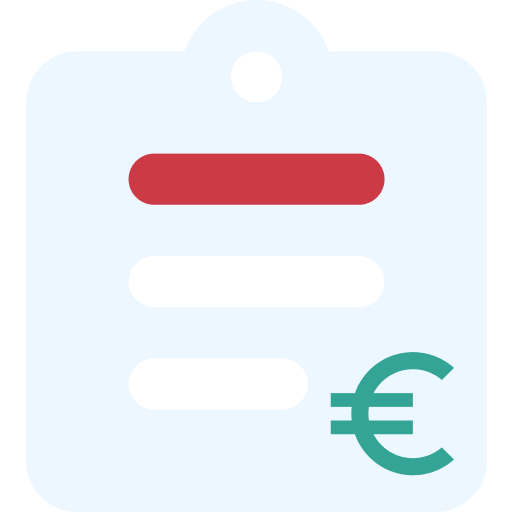Health Economy Reporting
What is Health Economy Reporting?
Health Economy Reporting is a macroeconomic policy tool measuring the value of the Health Economy and investments in health. Grounded in scientific research, WifOR is fostering a paradigm shift towards health being seen as an investment in well-being and prosperity, rather than another cost factor – a crucial step in achieving the UN’s Sustainable Development Goals.
Initially developed for the German Federal Ministry for Economic Affairs and Climate Action, WifOR’s Health Economy Reporting has now been used for over a decade to show investments in health improve the well-being of populations, drive sustainable economic growth, and spark innovation – triggering what we call the positive feedback loop, or further cyclical progress in health. Applied effectively, Health Economy Reporting guides investments to maximize positive impact.

Health Economy Reporting: what is the methodology?
Health Economy Reporting measures the size, impact, and significance of the Health Economy’s subsectors – Industrial Health Economy, Healthcare Economy, and Service & Support Sector. Aligned with the G20 and World Health Organization, the approach applies a macroeconomic analysis to evaluate the relationship between the economy and the health of a population.
Based on data from globally recognized sources including the World Bank, OECD, Federal Statistics Office of Germany, and Eurostat, the methodology adopts relevant indicators that are compatible with political reporting. These indicators range from Gross Value Added (GVA) and employment effects to impact on balance of trade, growth rates, and productivity. The approach, crucially, also enables comparison with political targets – including the UN’s SDGs.
How does WifOR’s Health Economy Reporting support governments, policymakers, and associations?
Health Economy Reporting (HER) goes beyond traditional reporting by providing a nuanced analysis of the Health Economy’s significance for individuals, society, and the economy. Extensions to the HER model capture the economic footprint of the Health Economy, take deep dives into subsectors, and analyze megatrends such as digitalization or education.
Health Economy Reporting (HER) provides a range of benefits for governments, policymakers, and associations. These benefits include:
- Comparing the value of the Health Economy with relevant benchmarks (sectors, regions) which enables the development of impactful investment strategies
- Locating hotspots in healthcare provision and targeting specific opportunities for improvement in health systems
- Receiving actionable insights based on scientific research into contributions towards political targets, such as the UN’s Sustainable Development Goals
- Developing a empirical foundation for communicating the significance of the Health Economy to stakeholders in politics, business, and the public
Latest articles from WifOR’s Health Economics Research
-

Measuring Return on Investment
Global health metrics form the basis for sustainably financing health
-
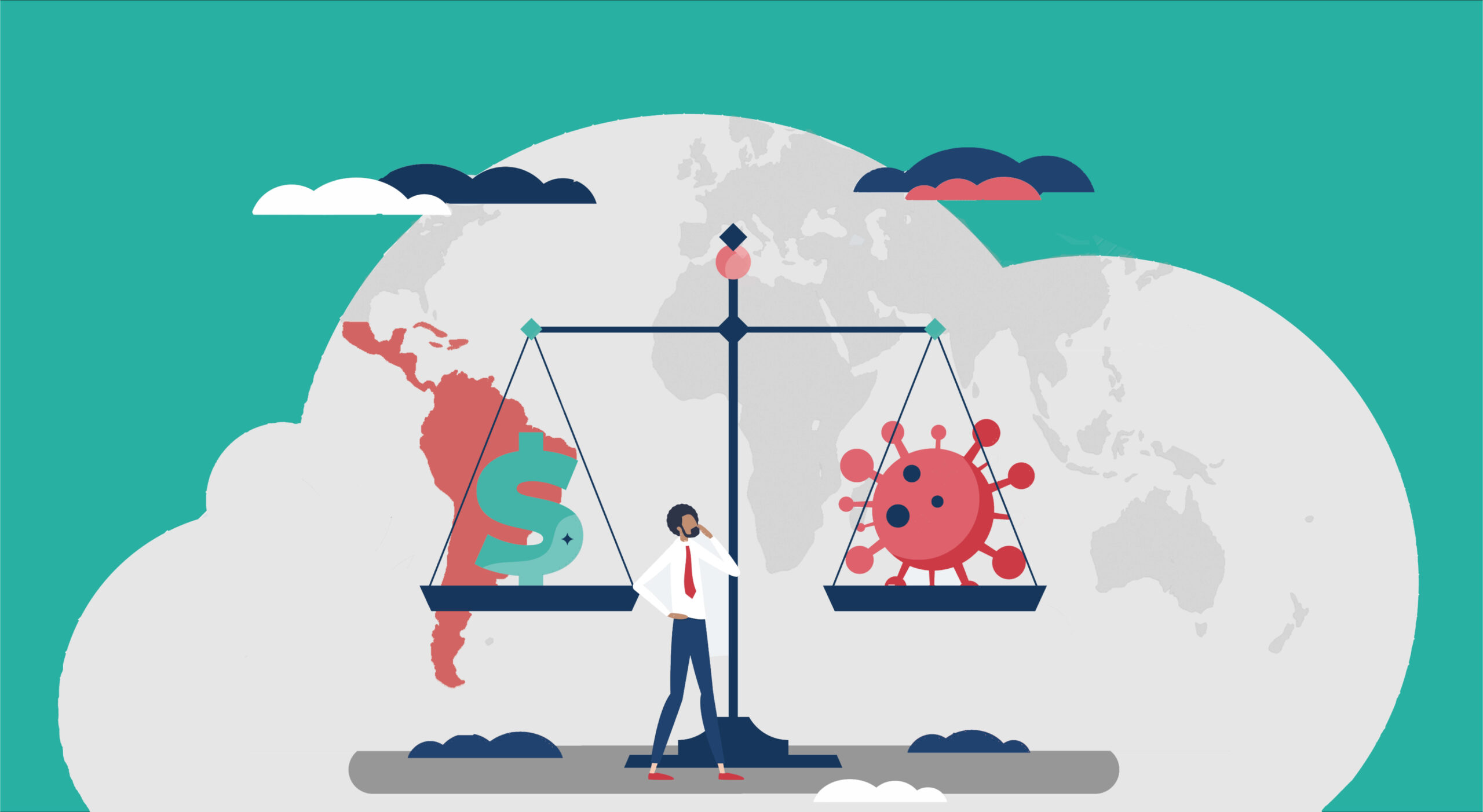
Case study Latin America
Health Economy Reporting: the ROI of health investments
-
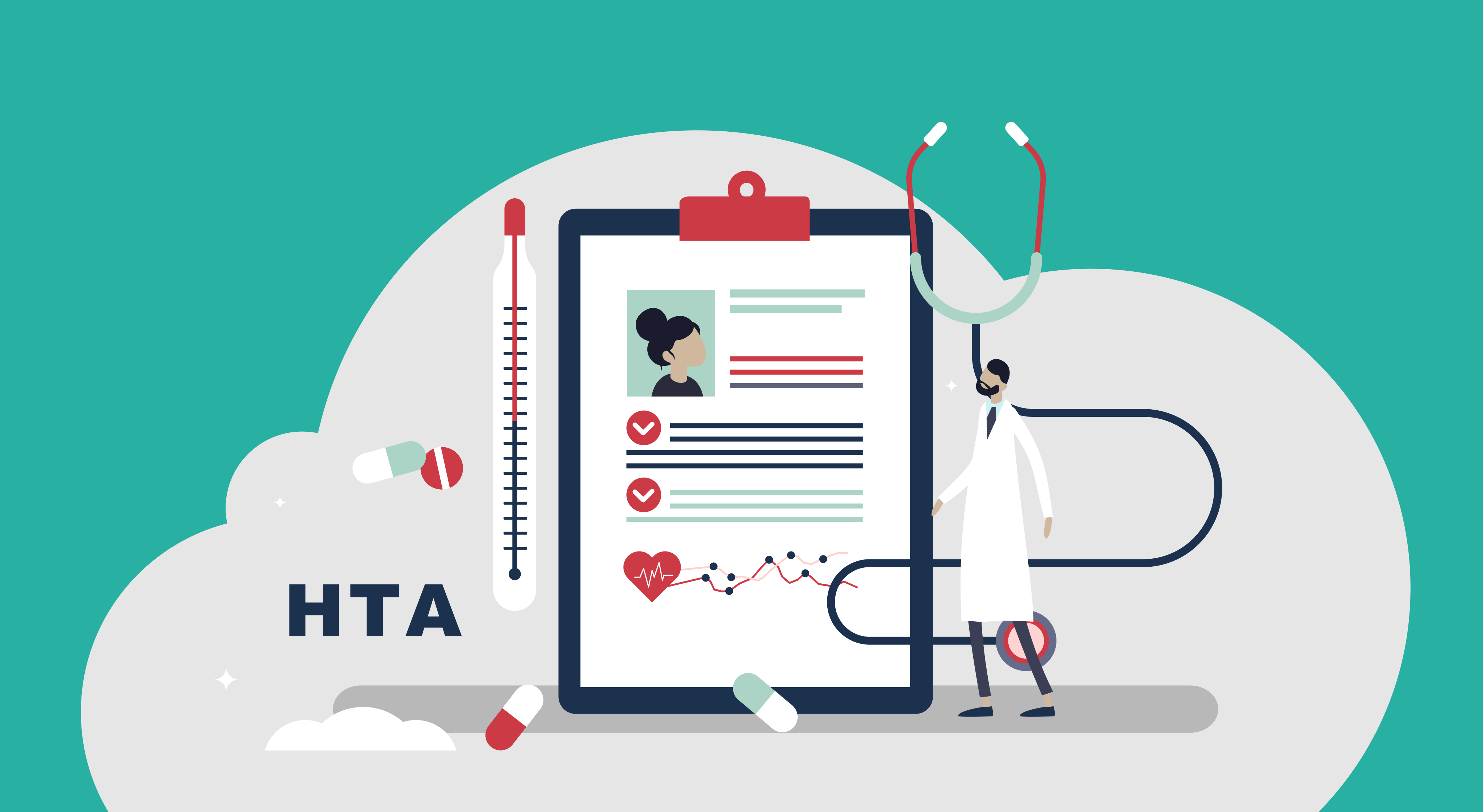
The Value of Health Innovations
Going beyond cost effectiveness: Social Impact as complementation of traditional HTAs





